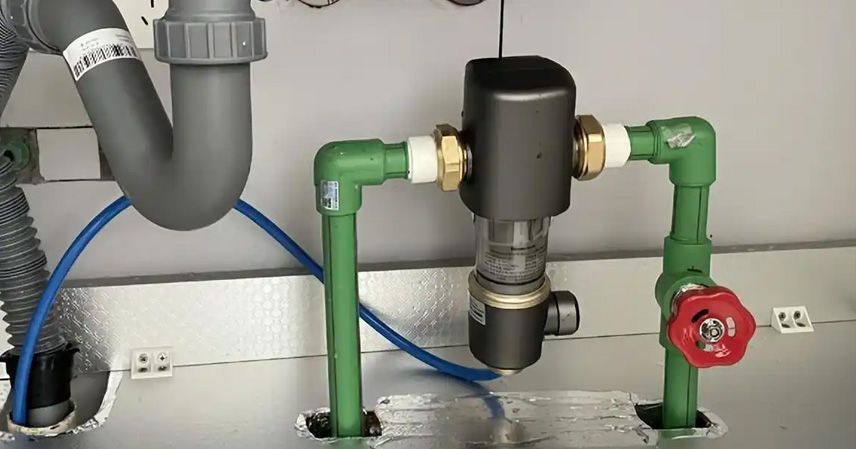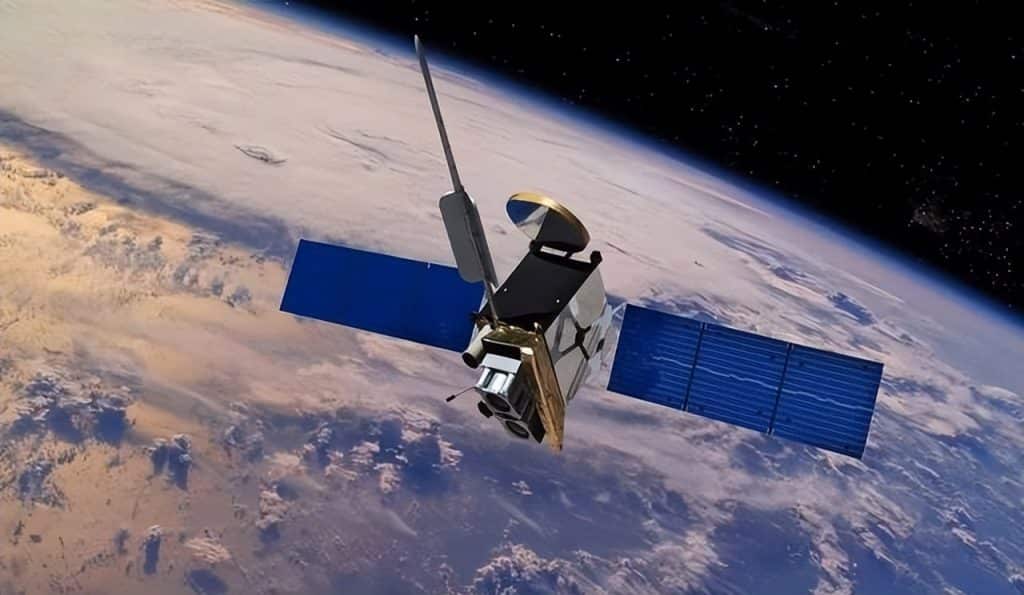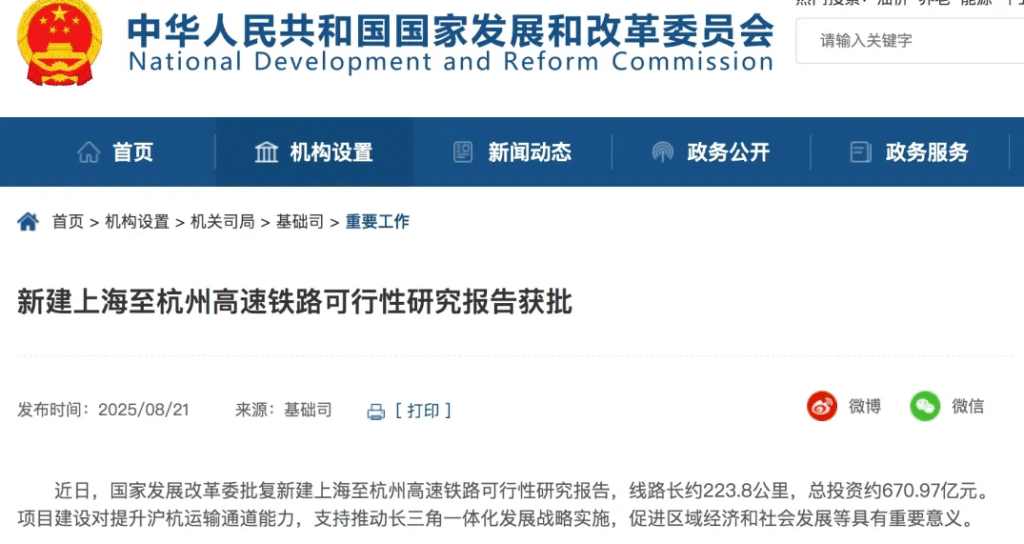With growing awareness of drinking water safety, pre-filters once became a must-have in many Chinese households. Installed at the entry point of the household water pipe, these devices promised to block out sand, rust, and other large particles while protecting downstream appliances.
However, in recent years, the popularity of pre-filters has noticeably declined. More and more families are choosing to abandon them.
So, why are pre-filters falling out of favor? Here are four major drawbacks that explain everything.
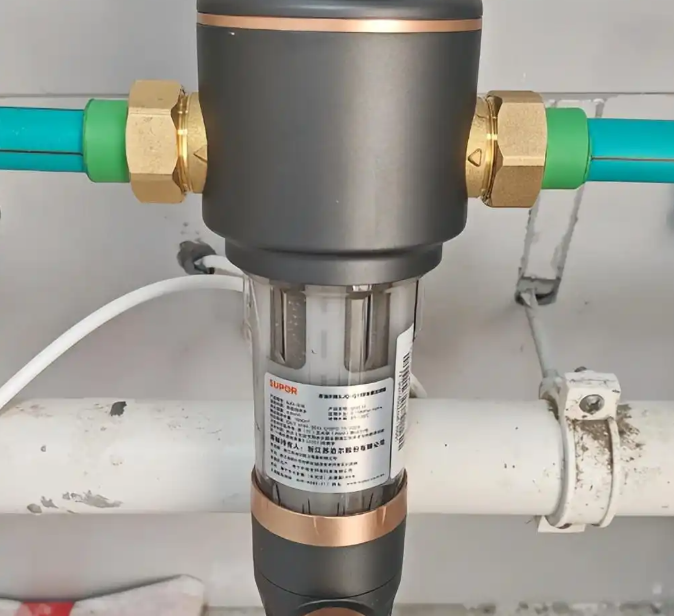
1. Limited Filtration Performance and Poor Value for Money
The main selling point of pre-filters is removing large particles, but their filtration accuracy typically ranges from 40–90 microns, which means they cannot capture smaller contaminants.
In cities where tap water already meets national drinking standards, the actual effect of pre-filters is minimal.
In fact, some users reported the opposite. In certain cases, filters became breeding grounds for bacteria. Ms. Wang from Beijing said: “I spent thousands on a pre-filter, but water tests showed the bacteria level after filtration was even higher than before. Totally not worth it.”
From a cost perspective, the return on investment is poor. A quality pre-filter costs $300–700 USD, but its effectiveness may not be better than simply cleaning faucet strainers regularly.
2. High Maintenance Costs and Inconvenience
One major drawback is that the maintenance cost is often downplayed by sellers. Filter cartridges must be replaced regularly, and backwashing consumes significant amounts of water. For example, one popular brand requires $70–120 USD per year in maintenance—almost equivalent to half a year’s water bill for a family of three.
Users also face issues such as clogging and reduced water pressure. Mr. Li from Shanghai complained: “During peak hours, the water pressure at home drops so low we can barely shower. After removing the filter, the problem disappeared.”
In neighborhoods with poorer water quality, filters may need cleaning every month, creating a constant hassle that many households find unbearable.
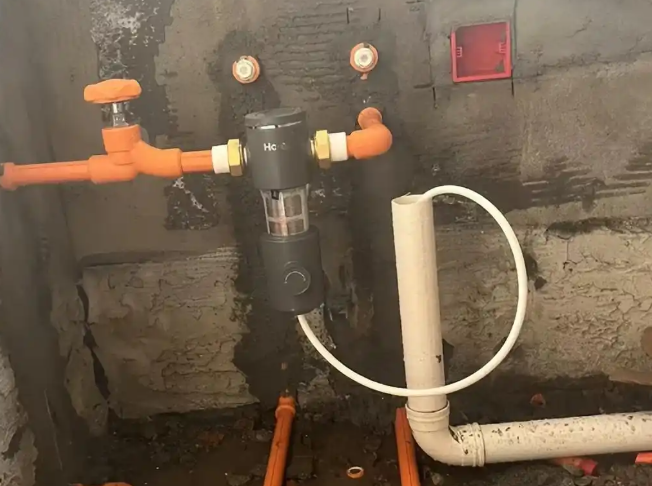
3. Strict Installation Requirements and Safety Risks
Installing a pre-filter requires professional service and strict compliance with pipe diameter and layout. Many older residential buildings lack the proper space for standard installation, leading to reduced effectiveness.
More seriously, pre-filters carry the risk of bursting. In 2022, one filter exploded in a residential building in Hangzhou, flooding a household and causing major damage.
Improper installation can also disrupt the water supply of an entire building. Property managers often complain that widespread use of pre-filters complicates pipeline maintenance and even triggers disputes among neighbors.
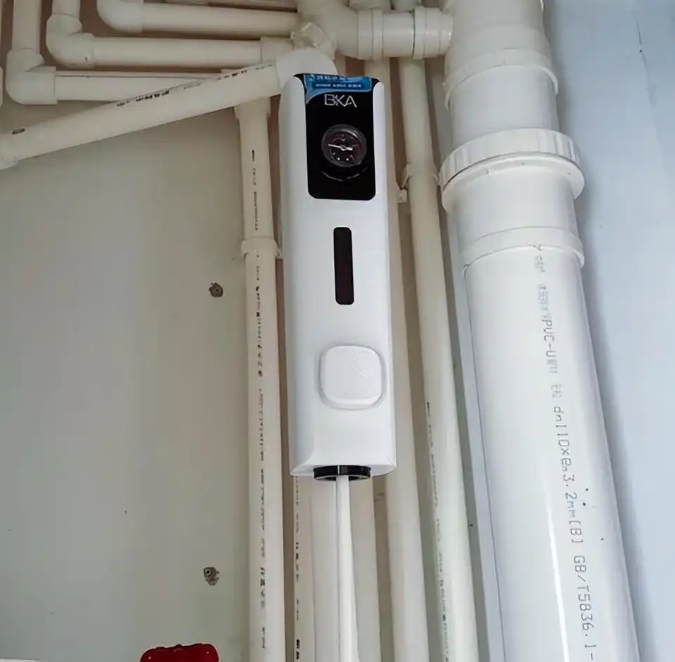
4. Better Alternatives and Shifting Market Demand
With advances in water purification technology, end-point water purifiers have become the superior choice. Compared with pre-filters, they offer much higher precision, removing bacteria, viruses, and other harmful substances to meet true drinking-water standards.
Market data shows that since 2020, sales of end-point purifiers have risen steadily, while pre-filters have steadily lost market share. Consumers now prefer “all-in-one” purification solutions rather than stopgap devices.
Experts advise that water safety should be based on scientific understanding of local water quality, rather than blind trends. Following the crowd by installing a pre-filter not only wastes resources but may create new risks.
Conclusion
The decline of pre-filters reflects the increasingly rational mindset of Chinese consumers. While pursuing higher living standards, households now focus more on actual results and value for money.
This shift is also driving the water purification industry toward more specialized and efficient solutions. In the future, only products that truly meet user needs will secure a place in the home water purification market.
References
- Consumer feedback reports from Beijing and Shanghai households (2022–2023)
- China Water Purification Market Report, 2020–2024
- Industry safety cases: Hangzhou residential filter burst incident (2022)

